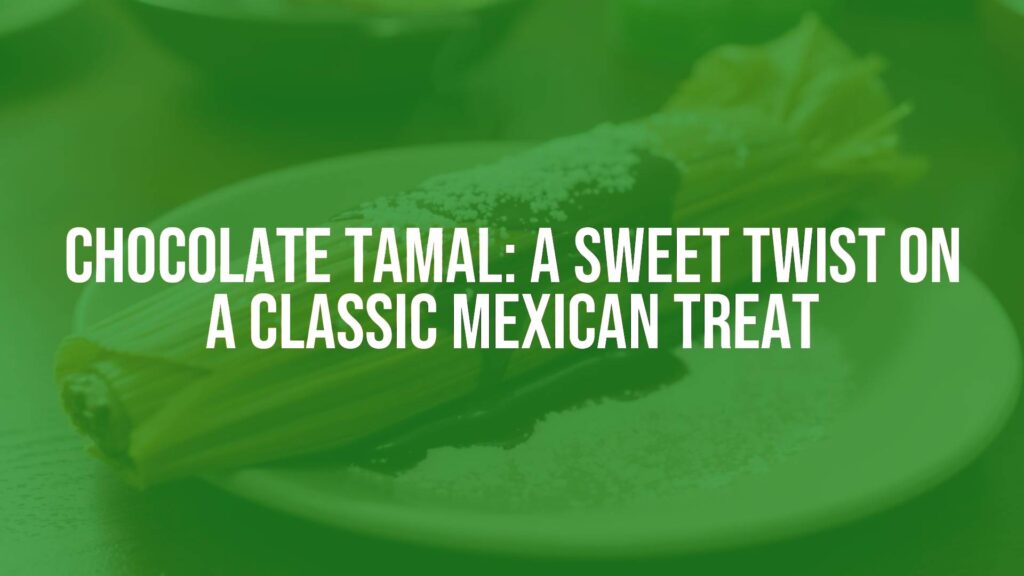Understanding the Chocolate Tamal
Chocolate tamal, or tamal de chocolate, is a beloved sweet variant of the traditional tamal, combining Mexico’s pre-Hispanic culinary traditions with one of its most prized ingredients: cacao. While most tamales are savory, chocolate tamales offer a dessert alternative that highlights the versatility of this classic dish and provides a rich, comforting flavor experience.
Origins and Cultural Significance
Cacao has held a special place in Mesoamerican cultures for centuries, treasured by the Maya and Aztecs and considered a food of the gods. As tamal-making spread across regions, cooks began experimenting with incorporating chocolate into their masa, transforming a typically savory offering into a sweet treat suitable for celebrations, religious holidays, and family gatherings. Chocolate tamales are now commonly enjoyed throughout Mexico, especially during Posadas, Día de los Muertos, and the Christmas season.
Key Ingredients and Characteristics
The hallmark of a chocolate tamal is its chocolate-infused masa. Traditional recipes use fresh corn masa blended with cocoa powder or finely ground Mexican chocolate, sometimes sweetened with piloncillo (unrefined cane sugar) or brown sugar. The dough may also feature a hint of cinnamon or vanilla, further enhancing the chocolate’s warmth and complexity. The tamal is typically wrapped in corn husks and steamed until the masa is tender and aromatic.
Chocolate tamales can range in texture from fluffy and moist to dense and fudgy, depending on the ratio of fat (usually lard or vegetable shortening) and liquid (such as milk or atole). The rich, bittersweet taste of cacao mingles beautifully with the subtle earthiness of the corn masa, creating a harmonious balance of flavors.
Popular Variations and Substitutions
There are many variations of chocolate tamales across Mexico and Central America. Some versions incorporate fillings such as sweetened nuts, dried fruits (like raisins or chopped dates), or shavings of Mexican chocolate for bursts of extra flavor. Modern twists might add chocolate chips, a swirl of peanut butter, or even chili powder for a hint of spice.
Although authentic recipes rely on Mexican chocolate, home cooks sometimes substitute with unsweetened cocoa powder, semi-sweet chocolate, or even dark chocolate to suit their palates. Dairy-free or vegan adaptations replace lard and milk with vegetable shortening and plant-based milks.
Serving Suggestions
Chocolate tamales are typically served warm, straight from the steamer, wrapped in their corn husk to preserve their softness and aroma. They may be dusted with a sprinkle of powdered sugar or drizzled with a little cajeta (goat milk caramel) for added indulgence. A traditional pairing is with a cup of champurrado, a thick, hot chocolate beverage made with masa and spices, creating a comforting and satisfying combination perfect for cool evenings or celebratory mornings. Fruit compotes, whipped cream, or even a scoop of vanilla ice cream also complement the tamal’s rich flavor.
Conclusion
Chocolate tamales embody the ingenuity and historical depth of Mexican cuisine, offering a sweet, chocolatey embrace while maintaining the core essence of the tamal. Whether enjoyed as a festive dessert, shared at a family gathering, or savored with a favorite drink, the chocolate tamal is a delightful reminder of the spice, warmth, and creativity at the heart of Mexico’s culinary legacy.

